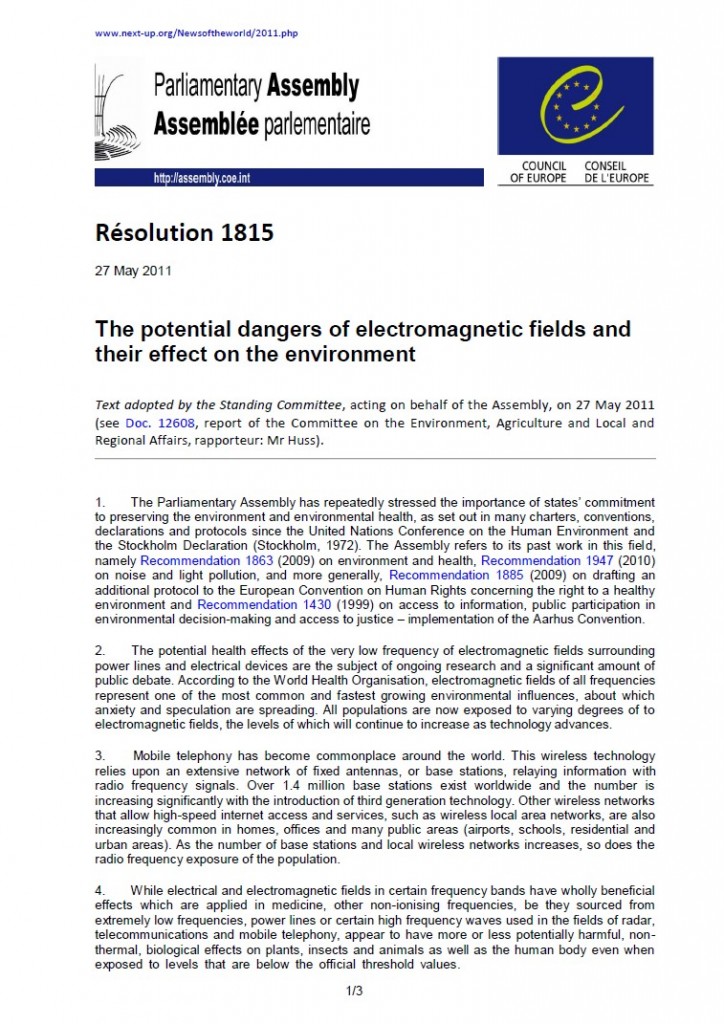Portada del sitio > Estudios Científicos > Resting potential, oncogene-induced tumorigenesis, and metastasis: the (...)
Phys. Biol. 9 (2012) 065002 (22pp)
Resting potential, oncogene-induced tumorigenesis, and metastasis: the bioelectric basis of cancer in vivo
Jueves 14 de marzo de 2013 · 475 lecturas
Resting potential, oncogene-induced tumorigenesis, and metastasis: the
bioelectric basis of cancer in vivo
Maria Lobikin, Brook Chernet, Daniel Lobo and Michael Levin1
Biology Department and Tufts Center for Regenerative and Developmental Biology, and Department of
Biology, Tufts University, 200 Boston Avenue, Medford, MA 02155, USA
E-mail: michael.levin@tufts.edu
Received 23 July 2012
Accepted for publication 19 October 2012
Published 29 November 2012
Online at stacks.iop.org/PhysBio/9/065002
Abstract
Cancer may result from localized failure of instructive cues that normally orchestrate cell
behaviors toward the patterning needs of the organism. Steady-state gradients of
transmembrane voltage (Vmem) in non-neural cells are instructive, epigenetic signals that
regulate pattern formation during embryogenesis and morphostatic repair. Here, we review
molecular data on the role of bioelectric cues in cancer and present new findings in the
Xenopus laevis model on how the microenvironment’s biophysical properties contribute to
cancer in vivo. First, we investigated the melanoma-like phenotype arising from serotonergic
signaling by �instructor’ cells-a cell population that is able to induce a metastatic phenotype
in normal melanocytes. We show that when these instructor cells are depolarized, blood vessel
patterning is disrupted in addition to the metastatic phenotype induced in melanocytes.
Surprisingly, very few instructor cells need to be depolarized for the hyperpigmentation
phenotype to occur; we present a model of antagonistic signaling by serotonin receptors that
explains the unusual all-or-none nature of this effect. In addition to the body-wide
depolarization-induced metastatic phenotype, we investigated the bioelectrical properties of
tumor-like structures induced by canonical oncogenes and cancer-causing compounds.
Exposure to carcinogen 4-nitroquinoline 1-oxide (4NQO) induces localized tumors, but has a
broad (and variable) effect on the bioelectric properties of the whole body. Tumors induced by
oncogenes show aberrantly high sodium content, representing a non-invasive diagnostic
modality. Importantly, depolarized transmembrane potential is not only a marker of cancer but
is functionally instructive: susceptibility to oncogene-induced tumorigenesis is significantly
reduced by forced prior expression of hyperpolarizing ion channels. Importantly, the same
effect can be achieved by pharmacological manipulation of endogenous chloride channels,
suggesting a strategy for cancer suppression that does not require gene therapy. Together, these
data extend our understanding of the recently demonstrated role of transmembrane potential in
tumor formation and metastatic cell behavior. Vmem is an important non-genetic biophysical
aspect of the microenvironment that regulates the balance between normally patterned growth
and carcinogenesis.
Ver el artículo original completo en pdf







